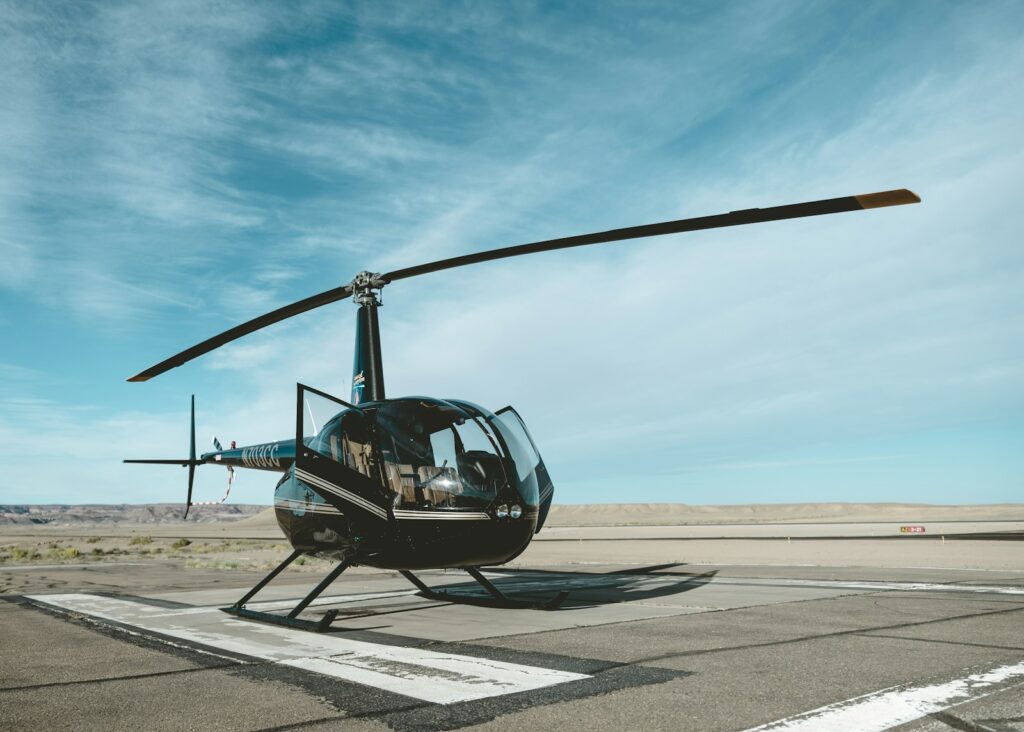
Becoming a private helicopter Las Vegas pilot is an exciting and rewarding career path that offers opportunities in various industries, including emergency medical services, law enforcement, tourism, and corporate transportation. However, the journey requires rigorous training, financial commitment, and dedication. This essay outlines the steps to becoming a helicopter pilot, from initial training to career advancement.
Step 1: Meeting Basic Requirements
Before embarking on the path to becoming a helicopter pilot, individuals must meet basic eligibility requirements. In most countries, aspiring pilots must be at least 17 or 18 years old and possess a high school diploma or equivalent. A fundamental understanding of mathematics and physics is beneficial since flight principles heavily rely on these subjects. Additionally, candidates must pass a medical examination conducted by an aviation medical examiner to ensure they meet the required physical and mental health standards.
Step 2: Choosing a Flight School
Selecting a reputable flight school is a crucial step in becoming a helicopter pilot. Flight schools offer different types of training programs, including those approved by the Federal Aviation Administration (FAA) in the United States or the European Union Aviation Safety Agency (EASA) in Europe. It is essential to research schools based on their accreditation, instructor experience, and available aircraft. Some aspiring pilots may choose military training as an alternative path, which often provides intensive training at no personal cost in exchange for service commitments.
Step 3: Earning a Private Pilot License (PPL-H)
The first official certification in helicopter flight training is the Private Pilot License for Helicopters (PPL-H). This license allows individuals to fly helicopters for personal use but not for compensation. To obtain a PPL-H, students must complete a minimum number of flight hours, usually around 40-50, depending on regulations. Training covers topics such as aerodynamics, weather patterns, navigation, emergency procedures, and radio communication. In addition to flight training, students must pass a written exam and a practical flight test.
Step 4: Obtaining a Commercial Pilot License (CPL-H)
To work as a professional helicopter pilot, obtaining a Commercial Pilot License for Helicopters (CPL-H) is necessary. This requires additional training and flight experience, typically totaling 150-200 flight hours. Commercial training emphasizes advanced flight maneuvers, night flying, and complex emergency situations. Similar to the PPL-H, candidates must pass both written and practical exams.
Step 5: Gaining Experience and Specializing
After obtaining a CPL-H, many pilots seek opportunities to build flight hours and experience. Entry-level jobs include working as a flight instructor, tour pilot, or agricultural pilot. Gaining experience is crucial, as most high-paying jobs, such as those in emergency medical services or offshore oil transportation, require a significant number of logged flight hours, typically ranging from 500 to 1,000 hours.
Some pilots pursue additional certifications, such as an Instrument Rating (IR), which allows them to fly in adverse weather conditions, or a Certified Flight Instructor (CFI) rating, which permits them to train new pilots. These endorsements can enhance employability and career progression.
Step 6: Advancing in the Career
With sufficient experience, helicopter pilots can explore specialized career paths. Options include flying for emergency medical services, law enforcement, firefighting, corporate transportation, and search-and-rescue operations. Some pilots may transition into managerial roles within aviation companies, while others may choose to become examiners or trainers.
Becoming a helicopter pilot requires dedication, financial investment, and continuous learning. The journey involves meeting basic requirements, obtaining necessary licenses, gaining experience, and advancing in the field. For those passionate about aviation and willing to commit to rigorous training, a career as a helicopter pilot offers an exciting and fulfilling opportunity to navigate the skies while making a meaningful impact in various industries.





